Top Ten Ancient Geoglyphs from Around the World
Geoglyphs are generally a type of land art, and sometimes rock art. A hill figure is created on a slope, so that it can be seen from a distance, sometimes only from the air.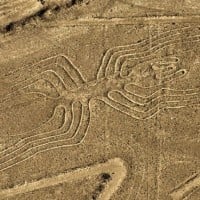
Probably the most well-known of the bunch. Created around 500 B.C., this geoglyph depicts different species of plants, a hummingbird, a spider, a lizard, a monkey, a dog, a heron (crane-like bird), and a human. Besides the images, there are also long straight lines running all through the landscape.
The image was created by digging a shallow incision in the desert floor, removing rocks and dirt, and replacing it with a different color dirt. This geoglyph is huge. The whole image is about 19 square miles. Many say the lines resemble a modern-day airport.
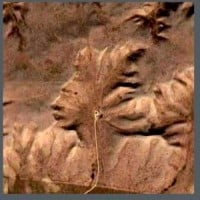
Also known as "The Badlands Guardian". Believed to have been created between 900 B.C. and 1500 A.D., although some believe it's a natural formation. No way. Way too detailed, in my opinion. Of course, I could be wrong.
A huge (much larger than Mt. Rushmore) figure that depicts a very detailed image of a human head in full indigenous headdress. Personally, I would have this at number 1 but decided to start it at 2 due to the debate over whether it's man-made or a natural formation.
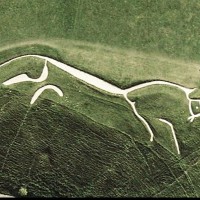
Made from crushed white chalk and dating between 1000 B.C. and 100 A.D., this geoglyph depicts a large white horse. The figure is 110 meters long.
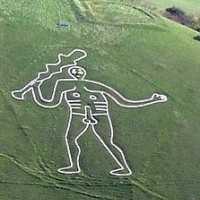
Also made from crushed chalk, this geoglyph depicts a large nude male, with an erection, wielding a huge club. No one is quite sure of its date of origin, but most agree it's likely ancient. The figure is 55 meters tall.
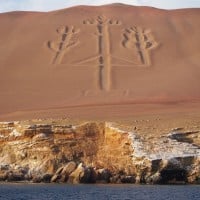
Estimated to have been created around 200 B.C., the figure is 181 meters tall. Speculated to be a Masonic symbol, this geoglyph is on a hill facing the sea and can be seen up to 12 miles out by boaters.
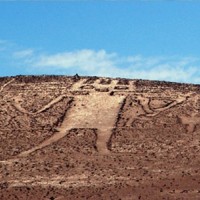
The figure length is 119 meters and is believed to have been created between 1000 A.D. and 1400 A.D. Most researchers believe the figure was an astronomical calendar used to track the moon cycle for crop planting and harvesting.
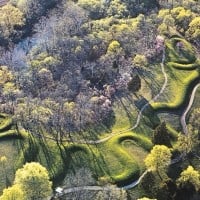
Measuring 411 meters long, 20 - 25 feet wide, and anywhere between 1 - 4 feet tall, this structure was created by clay and ash, reinforced with layers of rocks, and covered in soil. Believed to have been created between 800 B.C. and 100 A.D., it is the largest known serpent effigy in the world.
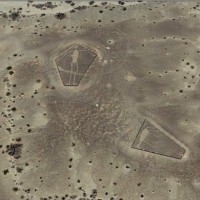
Created for an unknown reason in the desert of California, the figures include three human figures, two four-legged animals, and a spiral. The largest image is a human figure that is 52 meters long. Estimated to have been created around 900 B.C.
Note: The spiral seems to be of significant importance to our ancient ancestors.
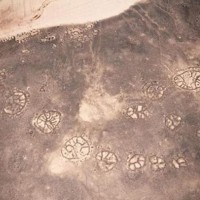
A number of images created in northern Kazakhstan feature over 260 earthworks of geometric shapes and patterns. Dates to around 800 B.C., but some date it as far back as 6000 B.C.
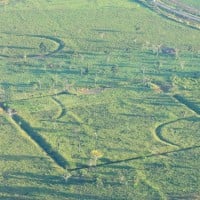
Pretty recently discovered (starting from 1977) due to the deforestation of the rainforest, it consists of geometric shapes and patterns throughout the area.